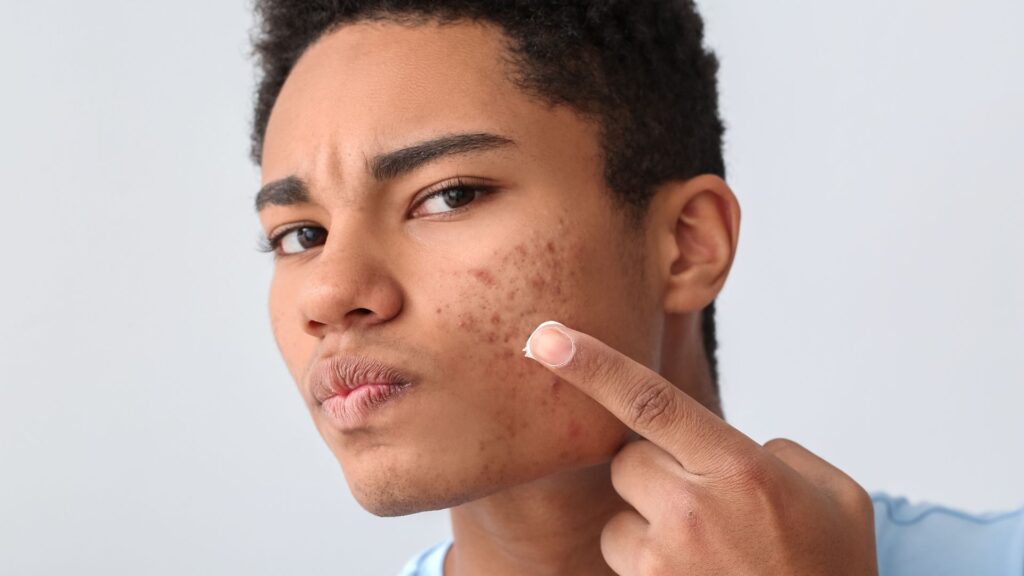Note to the Reader: These are stats and notes in reference to my previous article here.
Breast cancer is known as carcinoma in the medical field and is a type of disease that forms in the cells surrounding the breast. Several types of this carcinoma exist, and each is dependent upon a variety of factors. Doctors determine the type of breast carcinoma by where it starts in the breast and which cells are ultimately affected.
The Newest Statistics
In 2020 alone, the US saw a staggering 1,806,590 new carcinoma cases. According to The American Cancer Society, it’s estimated that over 281,000 of those cases were forms of breast carcinoma diagnosed in women. This places the disease as the most common carcinoma in females, secondly only to skin carcinoma. The average woman living in the US has a 13% chance of catching breast carcinoma throughout her lifetime. Between 2014 and 2018, the death rate for breast cancer was nearly 20 percent.
One In Eight Women Are at Risk
The American Cancer Society projects nearly 300,000 new incidences of invasive breast carcinoma diagnosed in women by the end of 2021. That puts 1 in 8 US females at risk for a diagnosis. Approximately 50,000 of those cases will result in ductal carcinoma in situ diagnosis. In the early stages, this is a non-invasive carcinoma that can be cured with surgery. It’s estimated that around 50,000 of these patients will die in 2021.
The Average Case Rate
Since 2007, new breast carcinoma cases have averaged at 330,000 new cases a year with 43,600 of those patients falling victim to the illness. The group at highest risk for an untreatable diagnosis are patients over 50. While some factors, such as limiting alcohol intake and managing body weight, can mitigate the chances of acquiring and falling fatal to the disease, other heritable and genetic factors simply can’t be controlled.
The Importance of Early Detection
On the bright side, improved screening methods have contributed to a 1.1 percent decrease in breast cancer from 2013-2015. Doctors are better equipped to find an early detection of the disease, a critical, life-saving factor in any battle against carcinoma. While death rates remained constant in women younger than fifty, over the last several years, they have been decreasing at a rate of 1 percent for females over 50.
The Death Rate
There’s no question, carcinoma within the breast is a deadly disease. The death rate is second only to lung carcinoma, killing more than 3.8 million patients in the US alone over the course of its lethal history. While the chance of contracting carcinoma of the breast is nearly 13 percent for any woman living in the US, her chance of dying from the disease is almost 3 percent. That’s 1 in 39. After treatment, the recurrence rates for carcinoma around the breasts are the highest within the first two years. The probability of it reoccurring decreases exponentially after those first two years of treatment lapse.
A Common Diagnosis
As a woman, you’re at greater risk of contracting breast cancer than any other cancer. Statistics show this to be a worldwide trend. Over 25 percent of new breast carcinoma cases in females diagnosed in 2018 were carcinoma within the breast. This sets the disease ahead of colorectal and lung carcinomas. Indeed, as of 2021, it has become the most common diagnosis for carcinoma worldwide. It accounts for more than 12 percent of all new cases, globally.
The Demographics of the Disease
An NIH study in 2003 established that African American women are more likely to be diagnosed with enhanced, large tumor, late-stage carcinoma around the breast. Likewise, when broken down by race, other studies show that diagnosis rates are higher for females of Ashkenazi Jewish descent. Incidence rates are less common in the Asian, Hispanic, and Native American demographics, respectively. Death rates among African American females stabilized in the 1990s, but death rates remained approximately 1.5 percent higher than other groups at 2.5 percent.
The Determining Factors
Age, after gender, is the most influential factor that determines your chances of developing carcinoma in the breast. Of all patients diagnosed with an invasive form of the disease, less than 5 percent are females under the age of 40. Among that age group, only 3.6 percent of them were diagnosed with situ carcinoma of the breast. In contrast, over 70 percent of all breast carcinoma diagnoses today are comprised of women over 50 years old.
What About Men?
Breast carcinoma can afflict men. The Center for Disease Control puts the rate at 1 in 100 incidences of the disease are found in men. For every man in the US, 1 in 833 are at risk of developing carcinoma around the breast. While the disease is rare in men, it forms in more or less the same way, starting in the ducts within the breast tissue to later spread outside of the breast tissue.
Everyone’s at Risk
Because both men and women have breast tissue, both genders are at risk for the disease. Carcinoma with the breast occurs mostly in females, but the reality is cells in any part of the body can become affected before the disease starts to spread to other areas. In the male breast, the process usually starts as a tumor or lump that is discoverable around the area of the breast tissue. As the malignant tumor expands, the tissue around the breast begins to metastasize, spreading into other organs and more distant areas of the body. Both males and females possess female hormones within the breast, which means both sexes are at risk for the disease.







